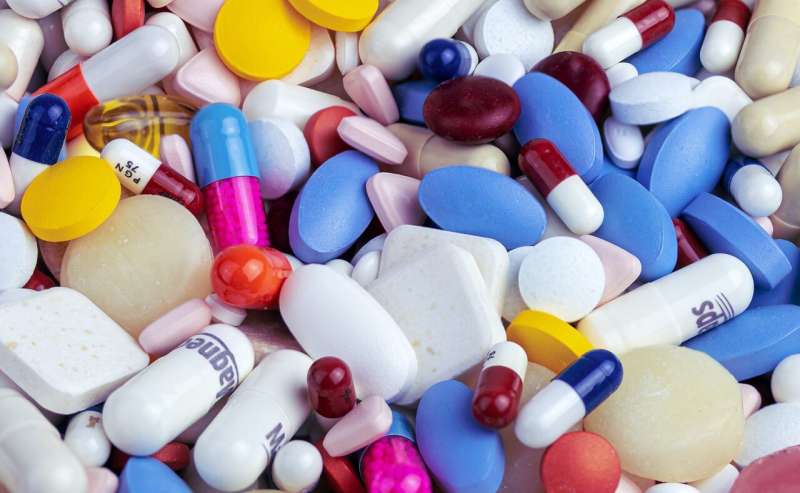Credit: Unsplash/CC0 Public Domain
A new survey of opioid treatment program leaders reveals that many have resisted easing access to methadone, despite loosening of federal regulations to allow more patients to administer the treatment at home during the COVID-19 pandemic.
The survey, published in the journal Substance Abuse, is the first to determine whether opioid treatment program leaders are actually following through on the loosened guidelines and easing access.
The study was conducted by researchers at Oregon Health & Science University and Johns Hopkins University.
Two of the lead authors said that the survey results suggest that stigma over drug use continues to curtail access to a proven form of addiction treatment. They see it as a relic from administrative rules created half a century ago.
They emphasized that opioid use disorder is a medical condition that can be treated, not a moral failing.
"At the end of the day, patients with opioid use disorder want to be treated like everybody else," said co-author Ximena Levander, M.D., M.C.R., assistant professor of medicine (general internal medicine and geriatrics) in the OHSU School of Medicine. "There are a lot of other high-risk medications we dispense in medicine, but it's only this one medication where it's required for patients to go to this specific place to get treatment."
Methadone acts on the same targets in the brain as prescription opioids or heroin, and is one of three medications approved by the Food and Drug Administration to treat opioid use disorder.
Federal regulations originally established in 1971 require methadone to be administered through federally certified opioid treatment programs, to reduce the risk of overdose among people who are less tolerant as well as the risk of patients "diverting" it to sell to people without a prescription.
The new regulations eased that requirement to minimize the potential for in-person exposure to COVID-19.
A recent series of evidence reviews by OHSU researchers suggested that it's time to update regulations and ease access to methadone more permanently. Nonetheless, the newly published survey reveals reluctance on the part of opioid treatment programs to allow patients to administer doses in their own homes even during the pandemic.
"There's a gulf between what opioid treatment program leaders fear and what the evidence shows," said co-author Jarratt Pytell, M.D., M.H.S., an addiction medicine researcher at Johns Hopkins.
The survey was distributed to 1,015 potential participants through the American Association for the Treatment of Opioid Dependence between September and November of 2020. The survey targeted administrative leaders of opioid treatment programs, or OTPs.
A total of 170 responses were included in the analysis.
Of the total, less than half—a total of 80—said they allowed newly enrolled patients to take home a 14-day supply as allowed by federal guidance issued by the Drug Enforcement Administration and the Substance Abuse and Mental Health Services Administration during the COVID-19 pandemic.
For patients defined as "stable," the emergency federal regulations currently allow treatment programs to dispense 28 days of take-home doses. About two-thirds of treatment program leaders—a total of 112—reported that they allowed stable patients to receive the full allotment allowed.
The rest insisted that patients continue to come in more frequently to have the doses administered in-person.
"While some patients may require the pre-pandemic high level of supervision of OTPs, many may not," the authors write. "Pharmacy-based methadone dosing, technologies including time-release lockboxes and smartphone apps, and reimbursing tele-health services could be a way to mitigate OTP leaders' and regulators' concerns."
More information: Ximena A. Levander et al, COVID-19-related policy changes for methadone take-home dosing: A multistate survey of opioid treatment program leadership, Substance Abuse (2021). DOI: 10.1080/08897077.2021.1986768
Provided by Oregon Health & Science University






















